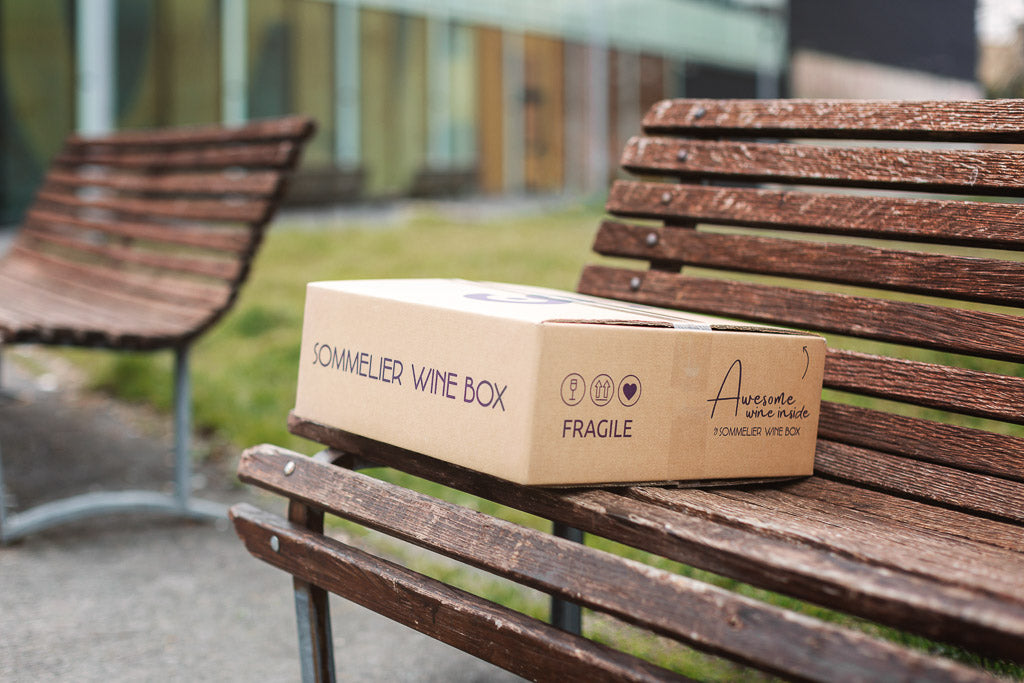For the chapter "special things about wine to know" we have collected what there is to know about flor, that veil of microorganisms that transforms the wine on which it is formed, giving an extraordinary richness starting from contact with oxygen. Here is the complete guide by Sommelier Wine Box.
Here is Sommelier Wine Box's complete and easy guide to flor.
What is flor?
From a visual point of view, flor is a whitish veil of 1-5 cm that forms on some wines in contact with oxygen.
What is flor?
From a compositional point of view, flor is a set of unicellular microorganisms (especially yeasts, but also fungi and bacteria) capable of changing their metabolism during the various phases of wine production. In particular, they move from a fermentative to a respiration activity , that is, moving from an environment rich in sugar - the must - to one rich in ethanol and oxygen, in empty barrels, i.e. left in contact with oxygen.

- Read also: how to taste wine
What determines the flor?
From a functional point of view, the flor influences the maturation of the wine, enriching it with an extraordinary oxidative richness. At the end of fermentation, the yeast cells are submerged in the wine, where they can synthesize a biofilm that rises upwards: in this way, they come into contact with oxygen and begin to breathe, activating the creation of flor. The veil forms in about 2 weeks: it protects the wine, accompanying it in its refinement and very unique oxidation.
- Read also: never again a silent scene when smelling a wine
Under what conditions does flor appear?
Flor appears under particular conditions: with alcohol between 15 and 15.5% and the presence of oxygen; humidity and temperature also influence the process.
But be careful: flor should not be confused with the dangerous whitish veil that can form on wines with a weak structure, poorly protected by sulfur dioxide , which have come into contact with oxygen due to unwanted yeasts.
- Read also: the aromas of 10 single grape varieties to know
What does flor do and how does it affect wine?
Flor does one thing above all: it keeps oxidation under control.
The veil influences the wine in various ways:
- it absorbs glycerin from the wine , so the wines become drier and almost bitter;
- reduces volatile acidity ;
- increases acetaldehyde , and therefore increases the perception of the notes of hazelnut, almond, walnut, cooked apple, hay, saffron, honey, cane sugar, toasted coffee...
- consumes alcohol , so the wines will be lighter in terms of alcohol volume and calories ;
- lightens the color of the wine;
- due to the autolysis of the yeasts (i.e. their self-destruction) it enriches the aromas of the wine with notes of dry pastry, brioche, yeast and in general gives great complexity .
- Read also: what are fortified wines
In which wines are flor yeasts found?
In Sherry, Spain (where the flor is called levaduras de flor ); some wines from Jura, France (where it is called voile ), including Vin Jaune; in Italy, where we know it as velo di flor , for example Vernaccia di Oristano.




